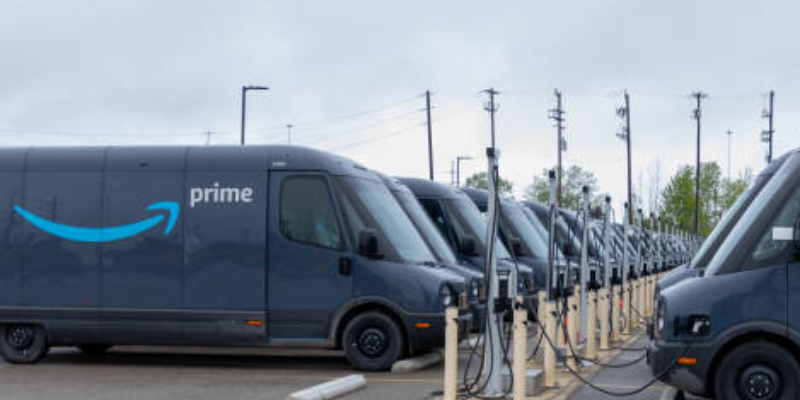Amazon Prime Video Introduces Advertising To Its Platform

Amazon’s Prime Video has introduced advertising to its platform, positioning itself competitively against other ad-supported streaming services like Netflix, Max, Paramount+, and Disney+.
TakeAway Points:
- Amazon Prime Video undercuts Netflix on cost for its ad-supported tier, drawing in advertisers with the help of its sizable subscriber base.
- With Prime Video advertisements predicted to bring in an additional $5 billion a year, Amazon’s advertising revenue jumped to $11.8 billion in Q1 2024.
- This increases rivalry in the streaming market and encourages users who are cost-conscious to purchase ad-supported plans.
Amazon Enters the Market for Ad-Supported Streaming
This move comes as Amazon navigates its first “up front” — a period when television companies present their plans to advertisers to secure funding for the upcoming year. Analysts anticipate that Apple will soon join the ad-supported streaming market with its TV+ service, further intensifying competition.
The pricing of ad slots on Prime Video is reportedly lower than Netflix but higher than Disney, according to multiple executives from rival services and advertising bosses. This pricing strategy has pressured competitors to reduce their own rates. One executive noted Amazon’s “vast supply of inventory,” which has contributed to this downward pricing pressure. Amazon’s automatic conversion of its over 200 million global subscribers to the ad tier, unless they opt for the premium ad-free service, has given it a substantial audience to attract advertisers.
Jonathan Carson, CEO of industry data provider Antenna, described Amazon’s strategy as a “pretty dramatic and contrarian move,” resulting in a “sudden accumulation of an advertising audience, which is pretty powerful.” The company’s extensive shopper data and ability to direct viewers to its online stores further enhance its appeal to advertisers.
Amazon’s surge in Advertising Revenue
Amazon’s advertising business has seen significant growth, driven primarily by ads on its online stores. In the first quarter of 2024, the company generated $11.8 billion in ad sales, up from $9.5 billion in the same period the previous year. Analysts at JPMorgan have identified this division as Amazon’s “fastest-increasing revenue stream and one of its highest-margin businesses.” The introduction of Prime Video ads is expected to further propel this growth.
Citi analysts estimated in January that Prime Video ads could generate over $5 billion in “high-margin advertising revenue” as the service expands, although this figure remains below the $19 billion Amazon invested in video and music content in 2023. Baird analysts noted “healthy demand from both traditional linear and streaming video advertisers” for Prime Video ad slots, predicting a “bigger step-up” in 2025 following this year’s “soft rollout.”
Amazon’s CEO, Andy Jassy, has expressed confidence in Prime Video’s potential to become “a large and profitable business on its own.” Advertising executives have highlighted Amazon’s ability to target specific audiences using data from its retail platform, making Prime Video ads an attractive option for brands seeking higher efficiency and more precise targeting.
Effects on Competitors and Market Dynamics
The entry of Amazon into the ad-supported streaming market has intensified competition, with noticeable effects on rival streamers. A US TV executive remarked that Prime Video ads had “made a big impact,” increasing competition in the market. Hasbro’s six-week test run of Prime Video advertising in the UK, which targeted parents using Amazon’s first-party data, resulted in an 18% year-on-year increase in sales for Peppa Pig toy products on Amazon.
Despite the initial substantial number of Prime subscribers opting to pay more for the ad-free service, this trend quickly “trailed off,” according to Antenna’s Carson. By the end of May, less than a tenth of subscribers had chosen the ad-free option. Other streaming services have also seen success with their ad-supported tiers, as cost-conscious consumers evaluate their subscription options. Netflix, for instance, reported having 40 million monthly active users globally on its ad tier, which accounted for 40-50% of new sign-ups.
Ad-supported plans have grown from 28% to 38% of the premium streaming market over the past two years, making up more than half of gross additions in the last quarter of 2023 and the first quarter of 2024, according to Antenna.




